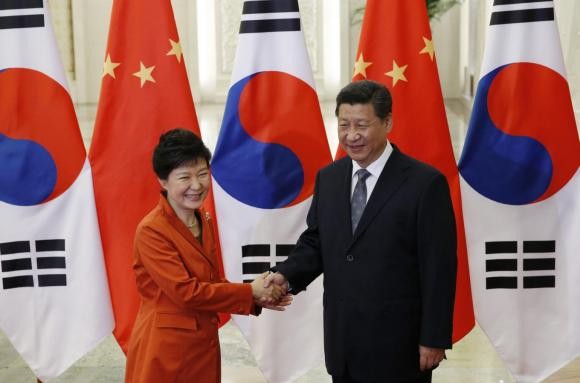A great leap forward has been made by China and South Korea. The two Asian nations formally signed a bilateral free trade agreement (FTA) on Monday, June 1. The FTA is expected to serve as a platform for Beijing and Seoul to find new growth engines.
Talks about an FTA being signed by China and South Korea have been underway since May 2012. The agreement was finally signed by Minister of Commerce Gao Hucheng and his South Korean equivalent, Yoon Sang-jick.
The development of the FTA was fast-tracked when President Xi Jinping went on a state visit to Seoul in July 2014.
Together with South Korean President Park Geun-hye, President Xi concluded substantive negotiations in Beijing in Nov. 2014. Three months later, the FTA was initialed by the two nations.
The trade agreement between China and South Korea is the former's largest bilateral FTA in terms of trade volume.
Aside from a bilateral trade relationship, the FTA will also bring about benefits for Chinese and South Korean peoples in terms of East Asian economic integration and global economic development.
In a letter sent by President Park, she stated that the FTA deal is a historic achievement for China and South Korea. A deepened bilateral strategic cooperative partnership provides a great foundation for future cooperation between the two nations.
Under the FTA, China is required to abolish tariffs on 90 percent of South Korean goods. South Korea, on the other hand, is mandated to eliminate tariffs on 92 percent of Chinese imports 20 years after the agreement's implementation.
Negotiations between the two countries will resume within two years to discuss further liberalization of the services sector.
According to KITA data, China has remained South Korea's top trading partner since 2004. Meanwhile, South Korea has consistently remained as China's fourth-largest trade partner since the same year.




























